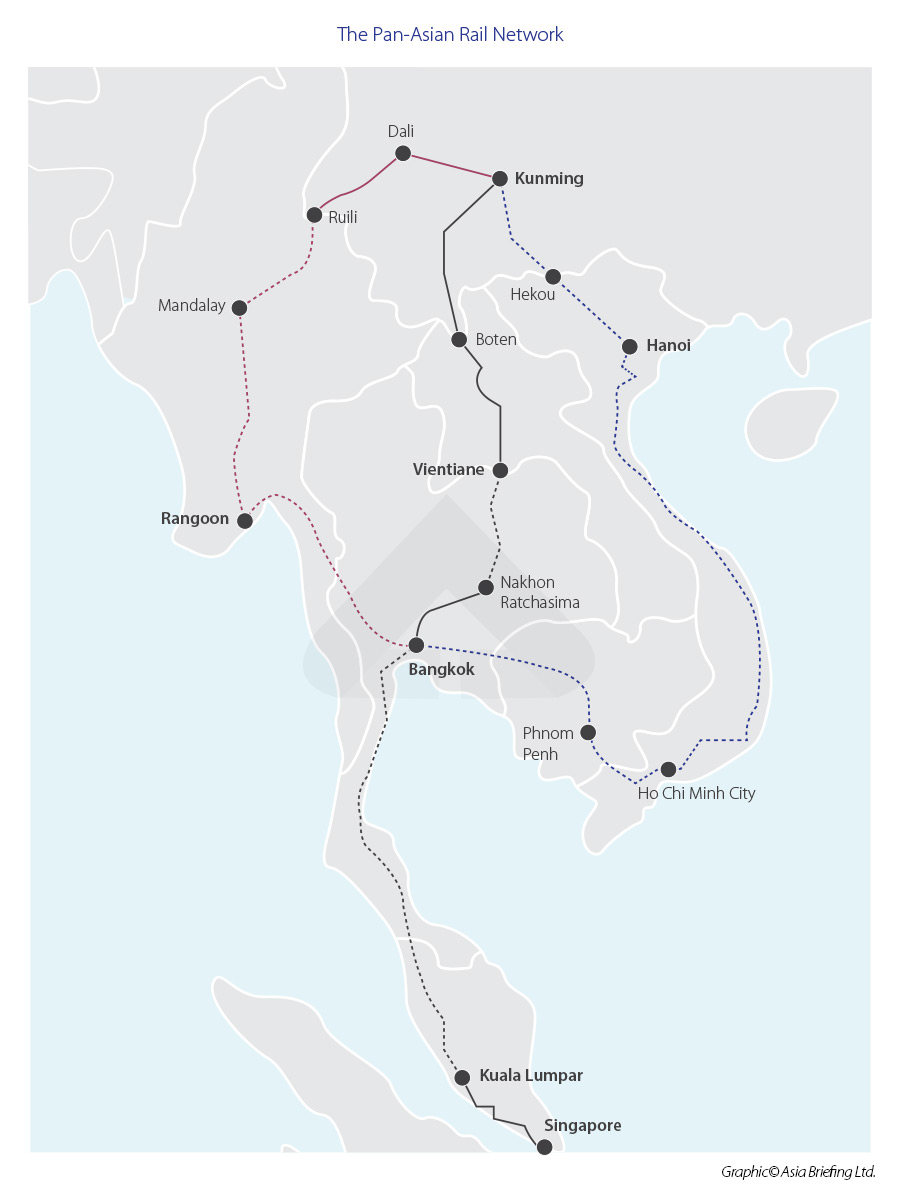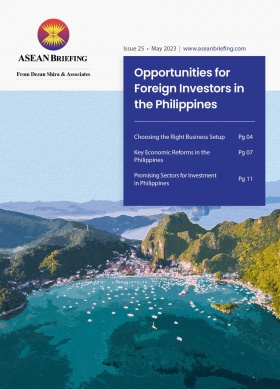Laos Enhancing Cross Border Railway Connectivity with Malaysia, China
Malaysia and Laos aim to enhance cross-railway cooperation to improve trade through a Memorandum of Collaboration.
Both countries are part of the Pan Asian railway that connects mainland Southeast Asia and Singapore to China.
Malaysia and Laos signed a Memorandum of Collaboration between their respective rail administrators to enhance cross border railway operations.
The agreement was signed between the Lao National Railway State Enterprise (LNRE) and Keretapi Tanah Melayu Bhd (KTMB) to bolster cross-border railway operations.
Under the arrangement, both parties will engage in technology transfer to improve the capabilities of each other’s railway industry. For Malaysia’s KTMB, the partnership also presents opportunities to expand its cargo as well as passenger service and transform the company into an important logistics player in the region.
In addition, Malaysia will allow LNRE trains to operate within the authorized Malaysian rail network and in return, Laos will allow KTMB trains to work within its rail network. The agreement also stipulated that Malaysia and Laos railway lines must strictly comply with strict international technical standards.
Laos becoming key player in Trans-Asian rail network
Laos is fast becoming a key player in the Pan-Asian and the Trans-Asian rail network. In early December 2021, Laos inaugurated the Boten-Vientiane railway, a 414-kilometer (km) electrified high-speed railway that runs between the capital Vientiane, and the town of Boten on the Laos-China border.
This US$6 billion project (equivalent to one-third of Laos’ GDP) is backed by China as part of its Belt and Road Initiative (BRI) and is a linchpin of the deepening ties between the two countries. Traveling to the Chinese border now takes less than four hours compared to 15 hours by car.
Before the establishment of the Boten-Vientiane railway, infrastructure-poor Laos had only four kilometers of railway. Through this new route, Laos can transform into a logistics hub for Southeast Asia, especially for the region’s trade with China. Most of China-ASEAN trade is transported through maritime routes, however, the increasing cost of sea and air freight travel has forced businesses to seek alternatives such as rail freight. Group Chief Executive Officer of KTMB, Mohammad Rani stated that a rail journey to China would take eight days compared to between 14 to 21 days by sea transport, thus saving costs.
The Vientiane line is an integral section of the Pan-Asian rail network, which has three routes: the central route from Kunming to Laos and finally Bangkok; the western route that extends through Myanmar and Thailand; and the eastern route crossing Vietnam, Cambodia, and Thailand before connecting in Bangkok and extending southwards towards Malaysia and Singapore. As such, the railway will bring new trade linkages to Southeast Asia at a time when most countries in the region are investing in their own infrastructure development to ultimately reduce logistics costs.
China also expanding its rail network to Southeast Asia
China has also been active in expanding its rail network into Southeast Asia. In 2022, the country launched a new rail network that connected Chengdu and Chongqing to Vietnam’s Hanoi. The route reduces transportation time from an average of 20 days to five.
The Chongqing-Hanoi freight train route is part of the New International Land-Sea Trade Corridor (ILSTC), a trade and logistics passage developed by the western Chinese provinces of Chongqing, Guangxi, Guizhou, Gansu, Qinghai, Xinjiang, Yunnan, and Ningxia and Singapore.
With Chongqing as the transport hub, the ILSTC integrates rail, maritime, and road transportation – which connects southwestern China with the rest of the world via the Qinzhou Port in Guangxi. There, goods are shipped to ports across the world.
About Us
ASEAN Briefing is produced by Dezan Shira & Associates. The firm assists foreign investors throughout Asia and maintains offices throughout ASEAN, including in Singapore, Hanoi, Ho Chi Minh City, and Da Nang in Vietnam, in addition to Jakarta, in Indonesia. We also have partner firms in Malaysia, the Philippines, and Thailand as well as our practices in China and India. Please contact us at asean@dezshira.com or visit our website at www.dezshira.com.









